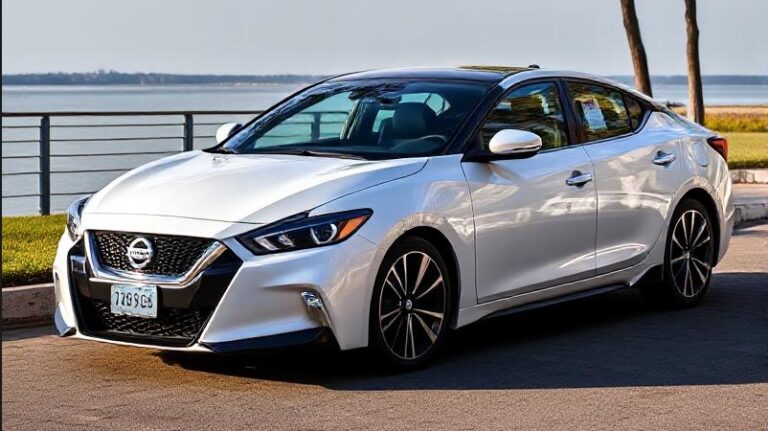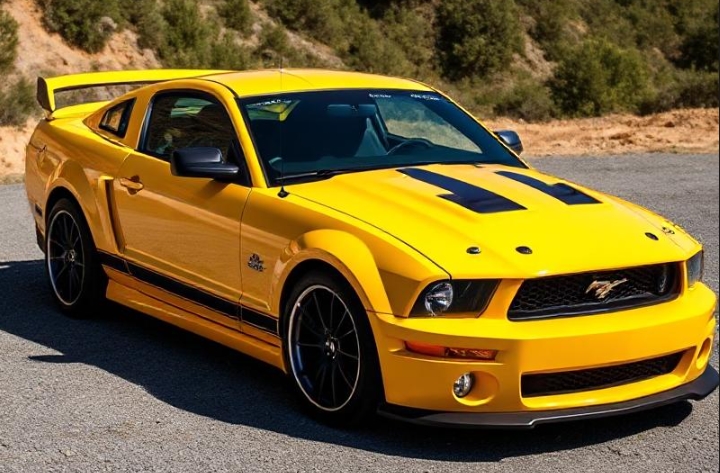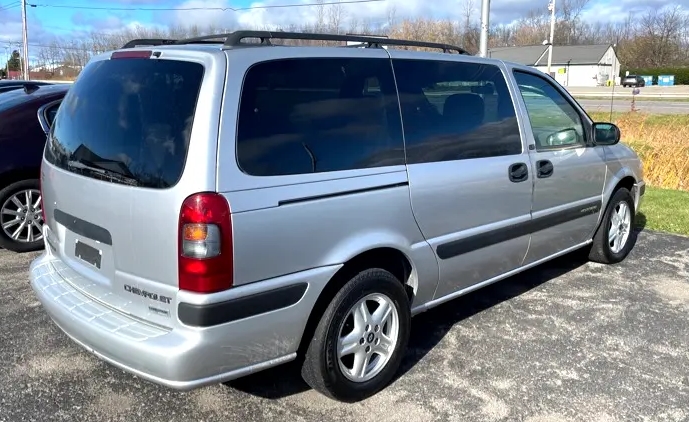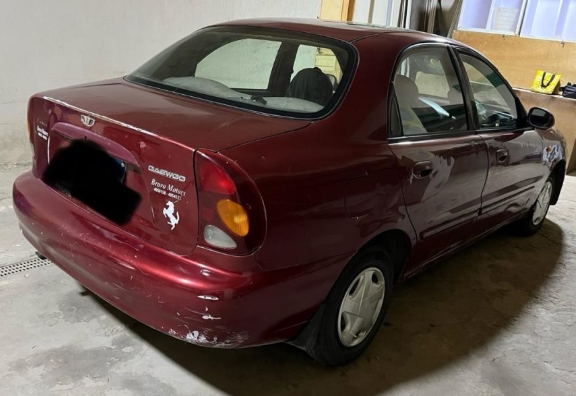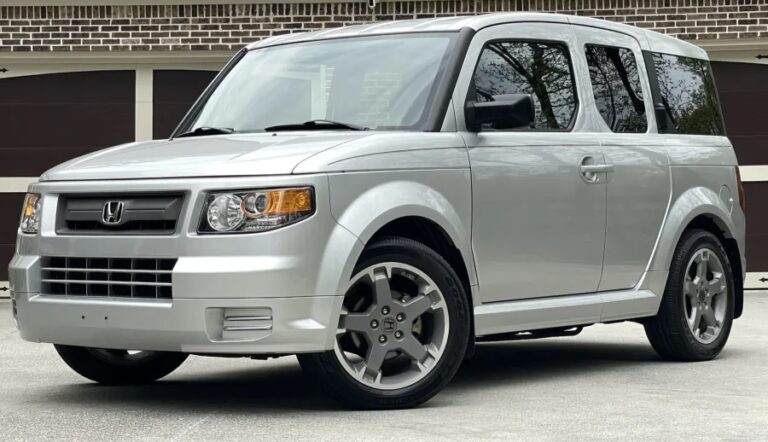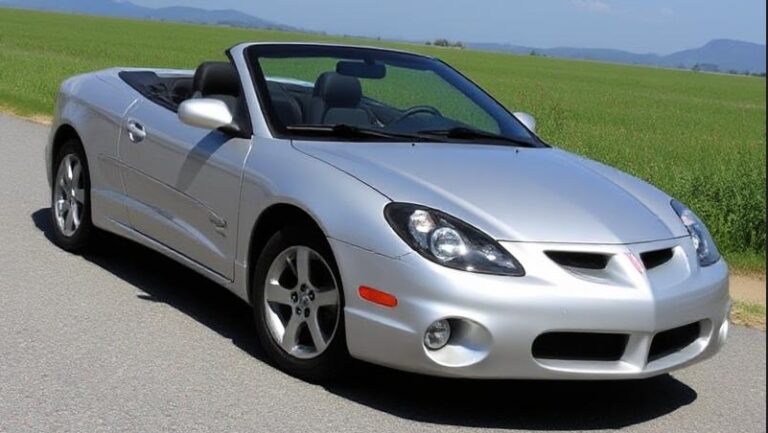The Evolution of the Suzuki Verona
Introduction
The Suzuki Verona is a mid-size sedan that marked Suzuki’s foray into the North American passenger car market during the early 2000s. Although not as long-lived or widely recognized as some of its competitors, the Verona holds a unique place in Suzuki’s history as a compact sedan intended to appeal to budget-conscious consumers seeking reliable transportation with decent performance and comfort. This article traces the development, models, and trim levels of the Suzuki Verona throughout its brief production run.
Origins and Development
Suzuki, a Japanese automaker renowned primarily for its small cars, motorcycles, and all-terrain vehicles, entered the North American sedan market with the Verona in 2004. The Verona was essentially a rebadged version of the Suzuki “Liana” that was sold in other markets, adapted for North American consumers. It was designed to compete in the compact and mid-size sedan segments, offering a more affordable alternative to more established brands.
The Verona was built at the Magyar Suzuki plant in Esztergom, Hungary, which had been operational since the late 1990s. Its design was based on Suzuki’s global platform but tailored to meet North American safety and comfort standards.
Production Years and Market Placement
The Suzuki Verona was produced for a relatively short period, from 2004 to 2006. During this time, Suzuki aimed to establish a foothold in the competitive sedan segment, particularly targeting young drivers and small families looking for affordable, practical transportation.
The Verona was positioned as an entry-level to mid-tier sedan, with an emphasis on value, fuel efficiency, and straightforward features. Its lifecycle was marked by limited updates and a relatively narrow lineup, reflective of Suzuki’s overall limited presence in the North American passenger car market.
Model Overview and Trim Levels
Throughout its production, the Suzuki Verona was available in a limited number of trims, primarily focusing on two main configurations: LX and EX. These trim levels offered incremental features and options, aimed at appealing to different customer preferences.
2004 Suzuki Verona
- Introduction Year: 2004
- Base Model: LX
- Top Trim: EX
At launch, the 2004 Verona was offered in two trims:
LX Trim:
- Features included cloth upholstery, manual windows and locks, a basic audio system, and standard safety features such as dual front airbags and anti-lock brakes.
- Engine: 2.5-liter V6 engine producing approximately 155 horsepower.
- Transmission: 4-speed automatic as standard, with a 5-speed manual available.
EX Trim:
- Added amenities such as power windows and locks, cruise control, and an upgraded audio system.
- Exterior enhancements included alloy wheels.
- The same engine and transmission options as LX.
2005 Suzuki Verona
- Mid-Cycle Refresh: The 2005 model saw minor updates primarily aimed at improving appeal and safety.
LX Trim:
- Continued with basic features, maintaining the 2.5-liter V6 engine and manual transmission options.
- No major changes from the previous year.
EX Trim:
- Received additional standard features, such as a leather-wrapped steering wheel and upgraded interior trim.
- Safety enhancements included standard side-impact airbags.
- Continued with the 2.5-liter V6 engine and automatic transmission.
2006 Suzuki Verona
- Final Year of Production: 2006
- Model Lineup: Similar to 2005, with minimal updates.
LX and EX Trims:
- Both trims retained the core features from previous years.
- The 2006 Verona was available with stability control as part of the safety package.
- Engine and transmission options remained unchanged.
Powertrain and Performance
The Suzuki Verona’s primary engine was a 2.5-liter SOHC V6, which produced around 155 horsepower and 150 lb-ft of torque. This engine was paired primarily with a 4-speed automatic transmission, though a 5-speed manual was available in some configurations. The vehicle’s front-wheel-drive layout contributed to predictable handling and decent fuel economy, with EPA ratings approximately 20 mpg city / 27 mpg highway.
While not designed for performance, the Verona offered adequate acceleration and handling suitable for daily commuting and family use. Its suspension setup was aimed at providing a comfortable ride, with MacPherson struts in the front and a multi-link suspension in the rear.
Features and Options
The Verona’s feature set was modest but competitive for its class, especially considering its price point:
- Standard Features (2004-2006):
- Air conditioning
- Power steering
- Dual front airbags
- Anti-lock brakes (ABS)
- Cloth upholstery (upscale trims offered leather or leatherette)
- AM/FM/CD audio system
- Keyless entry (on higher trims)
- Alloy wheels (on EX trim)
- Optional Add-Ons:
- Leather seats
- Remote keyless entry
- Cruise control
- Premium audio systems
- Alloy wheels or upgraded wheel designs
- Stability control (introduced in 2006)
.
THIS might be a great place to get your new car from!
Or for those who are into the “car flipping” business, here’s an excellent resource for you!

.
Market Reception and Discontinuation
Despite Suzuki’s efforts to position the Verona as a reliable, affordable sedan, it faced stiff competition from established brands such as Honda, Toyota, Hyundai, and Kia. Consumer reviews often cited the Verona’s basic interior, limited features, and lack of widespread dealer support compared to rivals.
Sales remained modest, and Suzuki’s overall strategy in North America shifted away from passenger cars toward SUVs and motorcycles. As a result, the Verona was discontinued after the 2006 model year, ending its brief presence in the market.
Legacy and Aftermath
The Suzuki Verona remains a relatively obscure model today, with only a few examples still on the road. Its brief production run and limited model lineup make it a curiosity among enthusiasts and collectors interested in Suzuki’s North American history.
The Verona’s development reflected Suzuki’s attempt to capture a segment of the sedan market, but its limited appeal and stiff competition contributed to its short lifespan. Today, it serves as a reminder of Suzuki’s brief but notable efforts to diversify its vehicle lineup in North America during the early 2000s.
Conclusion
The Suzuki Verona’s evolution from 2004 to 2006 represents a short but instructive chapter in Suzuki’s global expansion efforts. Featuring primarily two trims—LX and EX—equipped with a 2.5-liter V6 engine, the Verona aimed to offer an affordable, reliable sedan option. Despite its limited lifespan, the model remains a testament to Suzuki’s adaptive strategies and its willingness to explore new markets, even if only temporarily.
While it never achieved the popularity of its competitors, the Verona contributed to Suzuki’s broader manufacturing and design experience, laying groundwork for future models and global operations. Today, it stands as a distinctive, if lesser-known, piece of early 21st-century automotive history.


